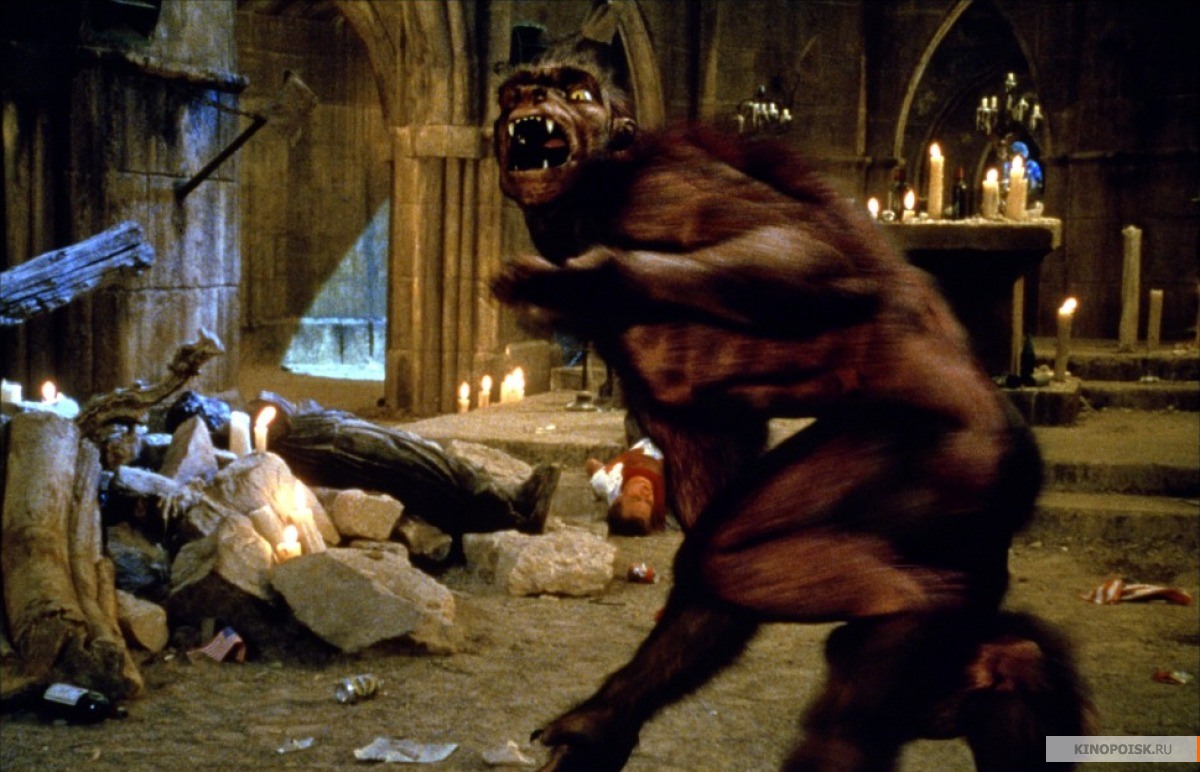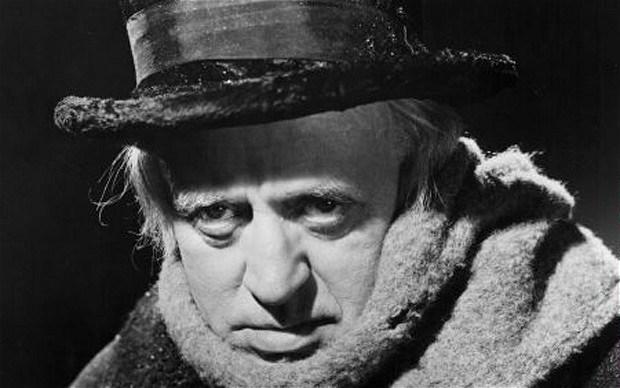Can
be Good, If. . .
A very brief look at the rise of CGI
in cinema
Classic Effects
The history of special
effects dates back to film’s inception. Directors such as George Melies and Fritz Lang realized fantastic
visions using many tricks from photography as well as inventing new ones. A great part of the enduring appeal of this early work is the fact that everything was made by hand. It is easy to relate to the experience of working
with your hands and the satisfaction derived from having a tangible creation as
the finished product. Therefore, the audience’s appreciation
is greatly enhanced when they can have some understanding of how much time and effort went into
the special effects of these early films.
For decades, talented artisans of all kinds pioneered new techniques in special effects and developed new
tools to achieve them. They enriched the visual world of
the films on which they worked and passed on their skills to succeeding
generations. Legacies were established,
and many of these artists became as well known as famous actors and directors
due to the breadth of their work and the creative inspiration that continued to
drive them. Companies were born
specifically to supply special effects to whichever studio desired their
services.
No one knew it at the time, but
in the early seventies a short film appeared that would change everything. While short films were certainly nothing new,
the technology being utilized to make them was: computers had grown beyond their vacuum tube infancy and were just
beginning to be able to render three dimensional images. Edwin Catmull and Fred Parke created “A Computer Animated Hand” for a graduate project, and pieces of this eponymous
film were later used in the 1976 sci-fi thriller “Futureworld.” Quite a portentous title! CGI as a special effects tool was now a reality, and its use in Hollywood would grow exponentially in the years to come.
Early Successes
At first, the computational
limitations of early processors resulted in effects that no doubt appear crude
to modern eyes, yet were cutting edge jaw-droppers at the time. Perhaps the most famous film to use incipient CGI
to a large extent is the legendary Disney film “Tron.” Though the design of the virtual world of
“Tron” is quite simple, it perfectly fits the embryonic technology. It’s also quite a lovely irony that the
deadly computer world that our heroes must survive was created almost entirely by
computers! It is a perfect
evocation of the film’s theme, and it also wonderfully foreshadows how computers would come to dominate our actual lives.
“The Last Starfighter” is a
lesser-known example of early CGI, but is a personal favorite of mine. Even though the film is science fiction, this
time CGI is used to simulate something real:
outer space. The simplicity of
this environment meant that more time could be spent developing and detailing
the spaceships that would be battling for the fate of the galaxy. Again, these effects may look simple, but
they work well because the film doesn’t aspire to epic proportions. "The Last Starfighter" is tween entertainment, and need not abound
in overwhelming imagery.
James Cameron’s “The Abyss”
is an excellent example of the proper application of CGI within a film already heavily
reliant on practical effects. The
production was legendary in its on-set challenges for the actors, as Cameron was
adamant to shoot as much of the movie as possible using real equipment and
environments. However, the alien
pseudopod, composed entirely of water, presented a unique challenge. The final product is still an effective and
stunning sequence, and is also a sterling example of how and when CGI should be
used: when nothing practical is possible.
Overkill
Unfortunately, the success of
the pseudopod led to an almost exclusive use of CGI effects. They often took less time to complete than traditional, practical effects, and usually required less money. All of sudden, like a viral spore, CGI usage
exploded and infected nearly every genre.
Filmmakers discovered that they had almost no limitations on what they
could put onscreen, and cinema audiences were suddenly drowning in a flood of
films that seemed to serve no other purpose than to show how easily directors could
be seduced into indulging every visual whim, whether it was pertinent to the film
or not.
Fantasy and horror films have become almost wholly populated by CGI creatures, and most of them are not convincing
because the audience can tell that there’s no physical presence to provide a
real threat. While a man in a monster
suit is often easy to spot, at least it is something real. These days, the actors on the set often have
to pretend to be scared of a piece of tape on the end of stick! There’s also the fact that human movement
contains little variations, and the too-smooth motion cycling of computer
programs is very easy to detect.
Aside from the over-detailed and unconvincing visuals, the content of these films suffered greatly. Story and character elements became thinly
veiled excuses to transition from one special effects sequence to the
next. George Lucas once infamously said;
“A special effect without a story is a pretty boring thing.” Prophetic words indeed, not only in terms of
his own franchise! For the vast majority of
horror and science fiction films over the next two decades, the special effect
became the story.
Furthermore, now that
CGI usage dominated the industry, the demand for traditional,
hand-crafted effects work receded rapidly and the artists employing them were
faced with hard choices. Their
time-honored talents and techniques were now regarded as old hat or worse,
obsolete. Many companies were forced to
abandon their traditional effects work and turn their studios into warrens of
cubicles.
Of course, this is not to say that the intense work required to produce quality CGI is any less important, difficult or artistically challenging than practical effects. There are some phenomenal CGI companies out there producing superlative work. I'm just an old-school, nostalgic grumpus who likes to see balance in all things, and for me the pendulum is long overdue to swing back to more practical effects being used where they can. There's too much CGI now, and it's losing its ability to feel fresh, vital and interesting when EVERYONE is using it as often as possible!
Of course, this is not to say that the intense work required to produce quality CGI is any less important, difficult or artistically challenging than practical effects. There are some phenomenal CGI companies out there producing superlative work. I'm just an old-school, nostalgic grumpus who likes to see balance in all things, and for me the pendulum is long overdue to swing back to more practical effects being used where they can. There's too much CGI now, and it's losing its ability to feel fresh, vital and interesting when EVERYONE is using it as often as possible!
Notable Exceptions
I don’t want to come
across as a totally bitter crank, so I take great pleasure in mentioning a few
examples where even in the midst of the CGI tsunami, artistry and integrity remained
alive. While “Star Trek: The Motion Picture”
was a success, the plodding pace of the film was further undermined by many unfinished special effects.
However,
when the Director’s Cut was issued on DVD in 2001, it was decided that several extended sequences would be finished and incorporated into this new
version. The special effects house
tasked with updating these scenes knew that film grain needed to
be added to the high-res CGI in order for them to properly blend in with the hallowed
celluloid.
The results are spectacular,
in particular because of the awareness that the resolution of CGI and celluloid
is different. If all of the modern
special effects houses understood this, much of the work that has already been
released would look much better! SO many CGI effects in movies fail to work properly because they’re too sharp, too clean or the blacks
don’t match. The film screen must be
cohesive. It must present a unified
vision. Special effects that stand out
are in opposition to their function. They
should enhance the reality instead of calling attention to the unreality.
Peter Jackson’s Lord of The
Rings trilogy is an excellent example of how great films can be when a director
understands that CGI is just one tool
instead of the only tool. The all-inclusive production and design of
the trilogy is a benchmark of film-making.
Every special effects technique is used.
Beautiful set design, with real
sets! The endless hours making those mountains
of chain mail! Matte paintings! Big-atures!
There is such a variety of much hand-made, lovingly crafted work, and it all
shows. Even though we’re watching a
fantasy film, there is so much reality
onscreen!
Gollum, a wholly CGI
creation, benefits specifically from the human touch.
Instead of attempting to contrive emotion after the scenes with the
actors have been shot, the motion capture of Andy Serkis’ on set performance was used
as the basis for animating Gollum. The
result is one of the most affecting portrayals yet of a CGI character, solely
because the source is an actual human, not a set of algorithms! The success of this character has thankfully
led to an increased use of actor-based motion capture performances, most
recently for Smaug in the Hobbit films.
Here’s hoping that this becomes an industry standard!
Well, there you have it! I hope you enjoyed it, and I dearly hope
we all get to see more films in the future that strike a proper balance between the
old and the new!



















































